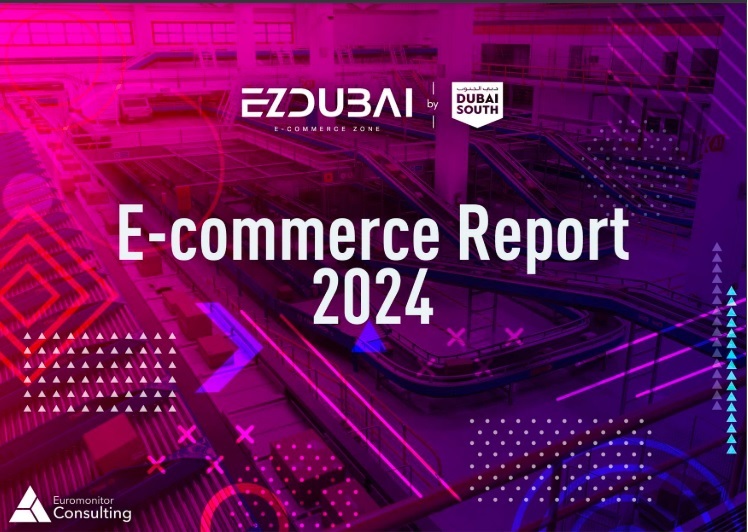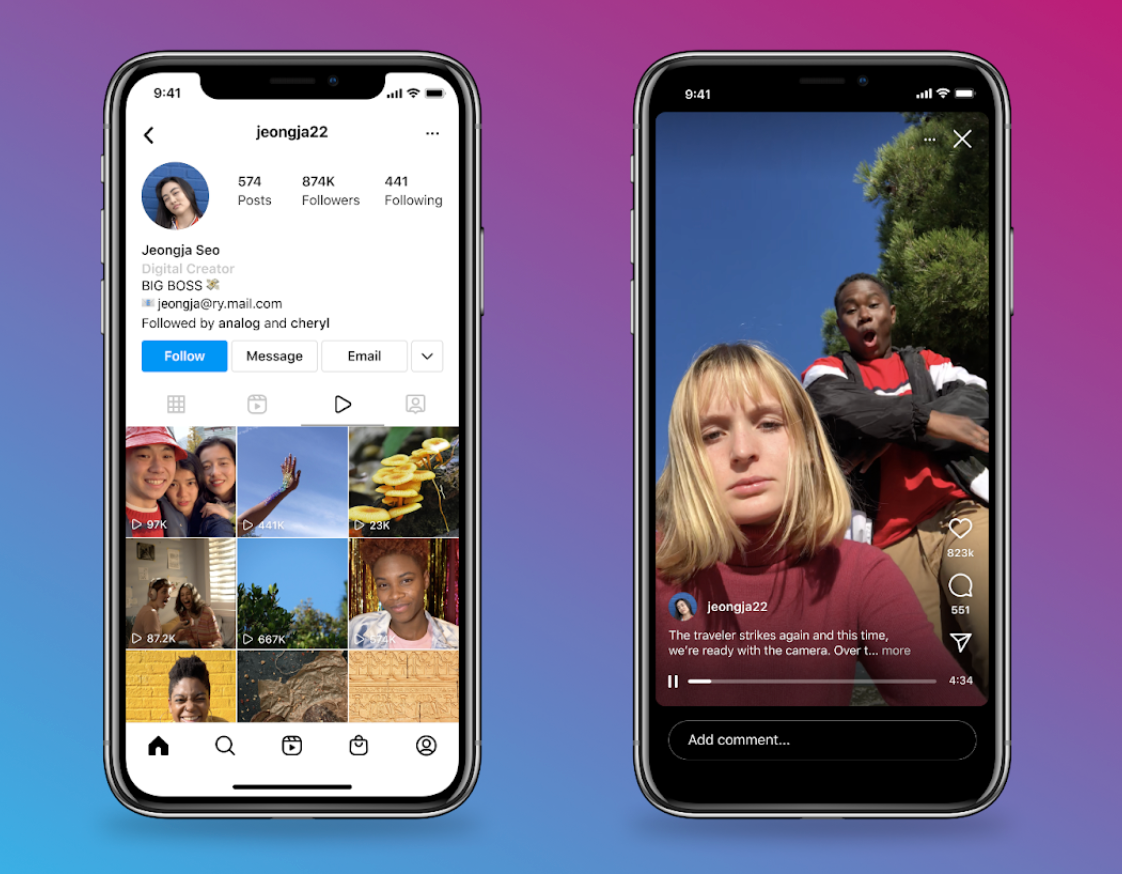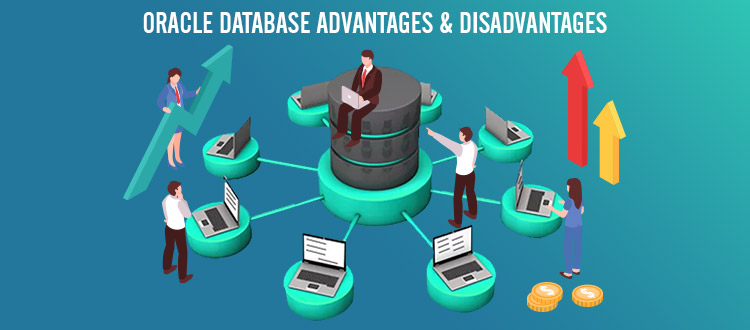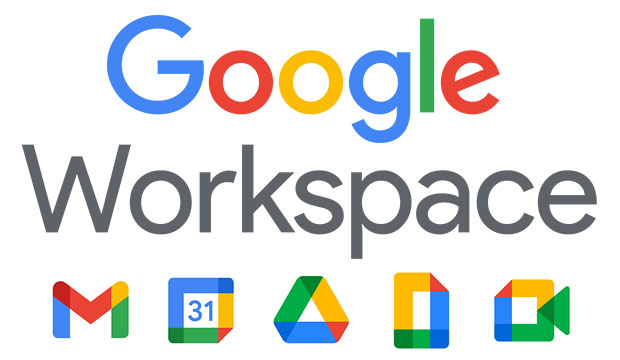Creating eye-catching web content will seem like an uphill battle, particularly since you’re not a natural wordsmith. The good news is that you don’t need to be a skilled writer to build effective web material. The elements that all excellent web content has in common are mentioned below.
It won’t happen quickly and easily for most companies and brands. It will take commitment, time, and money. But that doesn’t indicate you’ll need a massive budget to stay competitive. A good website is constantly tracked, assessed, and enhanced.Your website is what will keep you top-of-mind andin your business.
Even for bricks selling stores that don’t do e-commerce, having an online presence is essential these days. According to studies, 97 percent of customers check for local businesses online, while 94 percent of B2B buyers conduct preliminary research online.
With the numerous website design resources available, creating a website isn’t particularly difficult. Keep such conceptual designs in mind no matter which applications you use.
Some of you might not be aware that you have elements on your site that repel visitors. Even if you think you’ve mastered some of these fundamentals, you can still boost your reputation by adding more features.And that’s just the beginning. Building a high website isn’t something you can do once and forget about. It’s a never-ending method of tinkering, sharpening, and checking to come up with something fantastic.
- Define the objectives clearly.
Although we should always begin a web or marketing project with objectives in mind, we must also think about ourselves and the customer when designing our website.
Only by ensuring that we have everything our target audience needs and can offer it to them in a comprehensive way can the website generate traffic, leads, and sales. This should be simple to define targets for both your company and your users.
If your priorities aren’t aligned, you’ll possibly run into a dilemma where you want to make money but can’t produce the product and experience your audience wants.
- Designed specifically for your target market
If you write web content with a particular individual in mind, it will always be more accurate. If your consumers have value propositions, visualize them as you compose. If you don’t have someone in mind, imagine anyone you know that suits your target market profile. It’s okay if your company caters to a variety of customers; build web content unique to each of them. A healthy restaurant, for example, might have specific menu items for people on different diets.
- Obtain The Audience’s Confidence
Make what you’re offering and what you want your viewers to do straightforward and straightforward. Understand what drives them and what you excel at. Please make the most of it. Too often, websites lack the emotional or reputation relations required to gain confidence and close a sale.Ecommerce pages that lack a substantive About Us page is a perfect example. Users want to know whom they’re dealing with, not just because you’re some product website in the room.You won’t be able to state what you’re like if you didn’t put names, images, history, ideology, or any story on your website.
- Make your website mobile-friendly.
More than 62 percent of shoppers made purchases using their smartphones in 2016, according to OuterBox, and over 90 percent of shoppers use their smartphones even while shopping in stores to compare prices and read product recommendations and reviews. Furthermore, 40% of customers would switch to a rival if they have a poor mobile website encounter.
“You completely must appeal to smartphone subscribers if you intend on running a good eCommerce website, or any website,” wrote Justin Smith, CEO of OuterBox, in his company blog.
- Make sure your contact information is visible above the fold.
If your company relies on customers to reach you or your sales staff, make sure the information is readily accessible.”The contact details should be available, preferably at the top of the home page,” said David Brown, CEO of Web.com. “Visitors shouldn’t have to check for a mobile number or email if they want to contact the company.”If you use social media to communicate with customers, make sure to include links in the header or footer of your websites.
- Keep in mind the SEO basics.
This can seem to be a no-brainer, but don’t overlook SEO. Learn how search engines crawl and rank your website, at the very least, and make sure the essential on-page factors are optimized.
There are many options for making this more accessible, including plugins and conceptual coding. You can win half the fight if you can ensure your content can be authenticated (and is being indexed). You must be personalizing all of the on-page components to reflect what your content is about. SEO has a technical side and extends beyond on-page. Still, suppose you really can help ensure your content can be categorized (and is being indexed) and that you must be personalizing all of the on-page items to reflect what your content is and is about basically. In that case, you could win half the problem.
- Make the Most of Your Analytics
Another obvious one, but go further than merely adding Google Analytics on your website. You need data on demographics, target completion percentage, and other factors that you would not be able to obtain unless you take just a few simple steps to put them in place.
I don’t think you’ll be able to set it and overlook it and check in on it months later and see how things are going. You are not required to log into Google Analytics daily. Set up some reports and reminders that come to you periodically after you’ve customized it so you can keep track of what’s functioning and what is not, and then you can change on the fly instead of responding when it’s too late.
A call to action will be included in all of your online content. In the vast majority of instances, this would be something that encourages readers to purchase from you. For example, you might end your blog post on “How Much Does My Dog Need a Walk?” with “Schedule your first dog walk by September 30 and get 20% off your first month.” You may also inspire followers to read more generalized acts that match your company’s values, such as spending more time with their dog or making daily vet appearances.
There’s a lot of contradictory details about how long a blog post should be. According to some sources, 500 words is the sweet spot. Others may advise you to embrace your inner Tolstoy and write tens of hundreds of words.
Our advice is to create content between 1,400 and 3,000 words long and of high quality. According to a Backlinko survey, the average word count of posts on Google’s first page is 1,447 lines (see below). However, we’ve found that newspaper and magazine blog posts perform better in backlinks and ratings.
- The need for speed must be acknowledged.
According to a study conducted by SOASTA, a website creation company, 88 percent of Americans surveyed have a negative experience with brands with buggy websites and apps, and 83 percent have a negative response to a product or organization because of poor websites. Furthermore, 28% of respondents said that if the first website they visit lasts too long, they will go to a competitor’s website.
Maintaining software updates, enhancing videos and photos for faster downloads, or using a website host who can manage the bandwidth demands are all ways to ensure that your website works correctly.
CONCLUSION
Make sharing your content as simple as possible for your guests. Social media will help you get much traffic and improve your search rating. Don’t forget to include prominent sharing buttons.
While the majority of the factors that contribute to a good website are related to the customer experience and your brand, it’s also critical to recognize and use technology, data, and feedback to improve and refine the site over time.
This is a high-level summary of seven critical subjects! As you progress toward the great website you need, certain basic tenets will assist you in getting additional value from your online presence.













